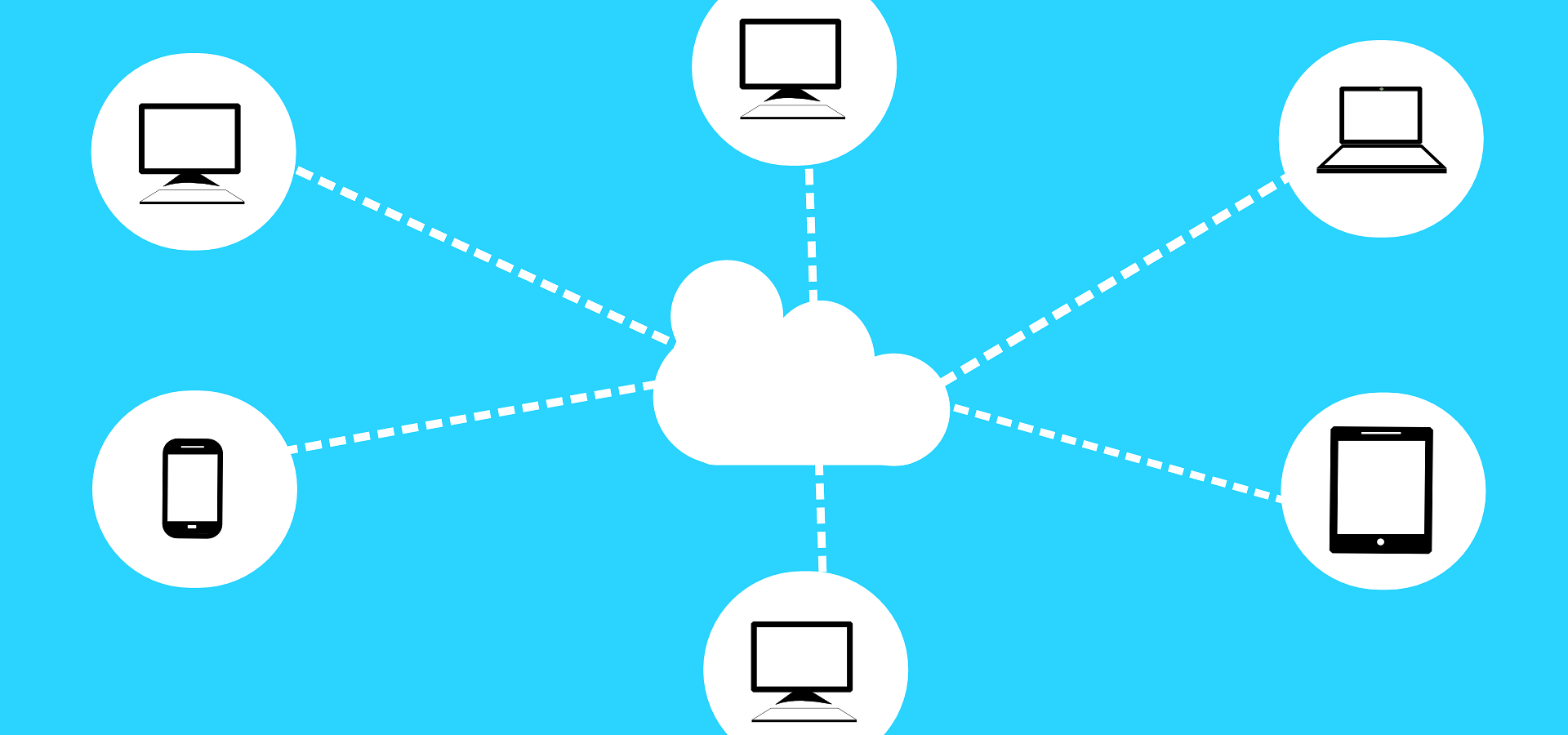Title: The Rise of Cloud Computing: Advantages and Challenges
Introduction:
Cloud computing has revolutionized the way businesses and individuals store, access, and manage data and applications. With its ability to provide on-demand access to computing resources over the internet, cloud computing has become an indispensable technology in today’s digital landscape. In this blog post, we will explore the advantages and challenges associated with the rise of cloud computing, shedding light on why it has gained immense popularity and the considerations that come with its adoption.
Advantages of Cloud Computing:
1. Cost Efficiency:
Cloud computing offers significant cost advantages compared to traditional on-premises infrastructure. By leveraging cloud services, organizations can avoid upfront investments in hardware, software, and maintenance. Instead, they can pay for resources on a pay-as-you-go basis, scaling up or down as needed. This flexibility eliminates the need for over-provisioning and allows businesses to optimize their IT costs.
2. Scalability and Flexibility:
Cloud computing provides unparalleled scalability, allowing businesses to easily scale their resources based on demand. Whether it’s increasing storage capacity, adding computing power, or expanding network capabilities, cloud services enable organizations to quickly and seamlessly adjust their infrastructure. This agility empowers businesses to respond to changing market conditions and accommodate growth without disruption.
3. Accessibility and Remote Collaboration:
Cloud computing enables remote access to data and applications from anywhere with an internet connection. This accessibility promotes remote collaboration, facilitating teamwork across geographically dispersed teams. Employees can work collaboratively on documents, share information in real-time, and access applications and data from various devices. Cloud-based tools and services have become instrumental in supporting remote work environments.
4. High Reliability and Availability:
Cloud service providers invest heavily in robust infrastructure and redundancy measures to ensure high reliability and availability. They typically operate multiple data centers across different regions, minimizing the risk of downtime. Additionally, data replication and backup mechanisms provide protection against data loss, enhancing business continuity and disaster recovery capabilities.
5. Innovation and Time-to-Market:
Cloud computing enables organizations to focus on innovation and core competencies rather than managing infrastructure. By leveraging cloud services, businesses can accelerate their time-to-market for new products and services. Cloud platforms provide a rich ecosystem of ready-to-use services and APIs, empowering developers to quickly build, test, and deploy applications, reducing development cycles and increasing agility.
Challenges of Cloud Computing:
1. Security and Data Privacy:
One of the primary concerns with cloud computing is the security of data stored and transmitted over the internet. Organizations must ensure appropriate security measures are in place to protect sensitive information. This includes implementing encryption, access controls, regular security audits, and compliance with industry regulations. Data privacy is also a significant consideration, particularly when dealing with personally identifiable information (PII) and cross-border data transfers.
2. Vendor Lock-In:
Adopting cloud services may create a dependency on specific vendors or platforms, potentially limiting the ability to switch providers or migrate applications easily. Organizations must carefully consider interoperability, data portability, and exit strategies when selecting cloud providers to avoid vendor lock-in. Embracing open standards and designing applications for portability can mitigate this challenge.
3. Performance and Reliance on Internet Connectivity:
Cloud computing relies heavily on internet connectivity. The performance of cloud-based applications and services can be affected by network latency, bandwidth limitations, and disruptions in internet connectivity. Organizations should evaluate their network infrastructure and consider redundancy and failover mechanisms to minimize the impact of potential connectivity issues.
4. Compliance and Legal Considerations:
Different industries and regions have specific regulatory and compliance requirements that must be considered when adopting cloud services. Organizations need to ensure that their cloud providers comply with applicable regulations and data protection laws. Adequate due diligence, contractual agreements, and regular audits can help address compliance challenges and maintain legal obligations.









